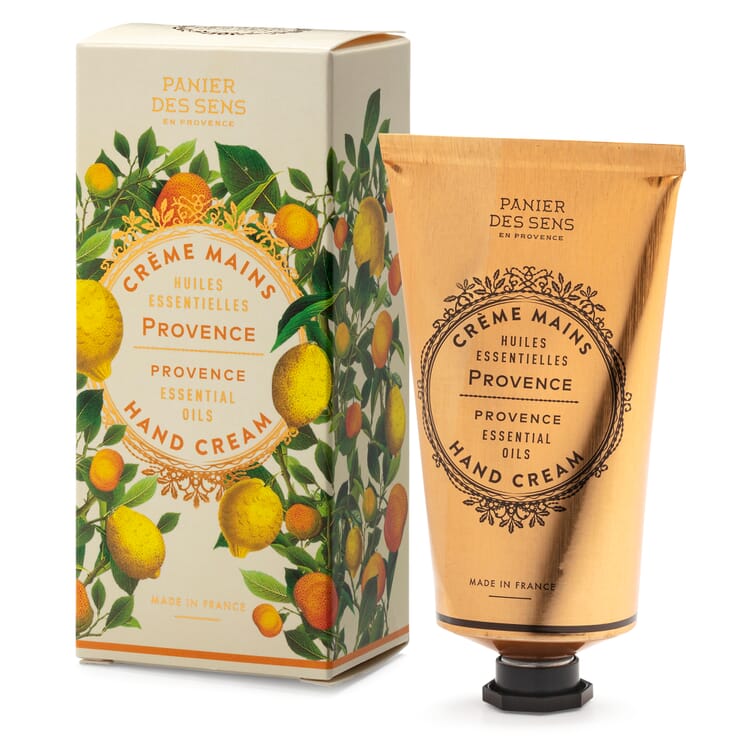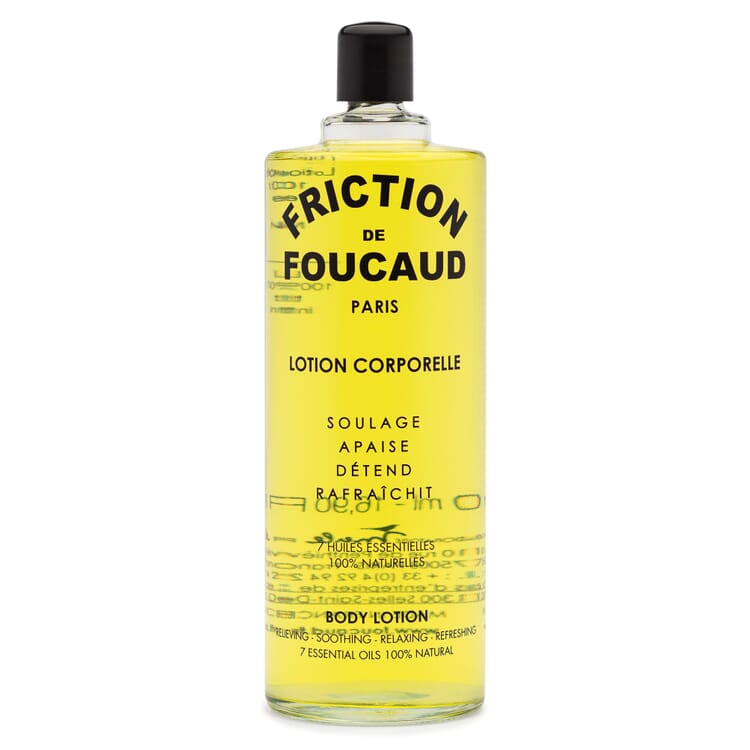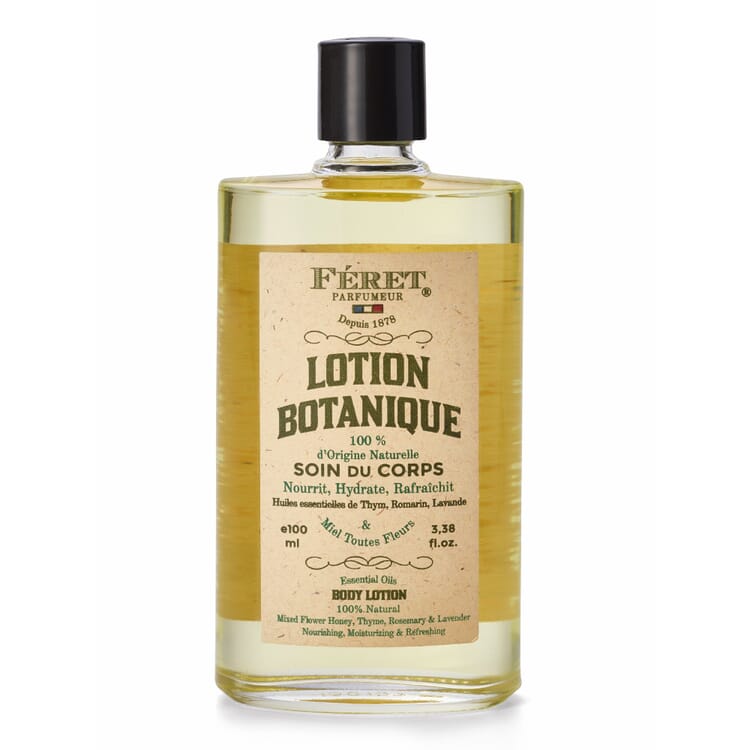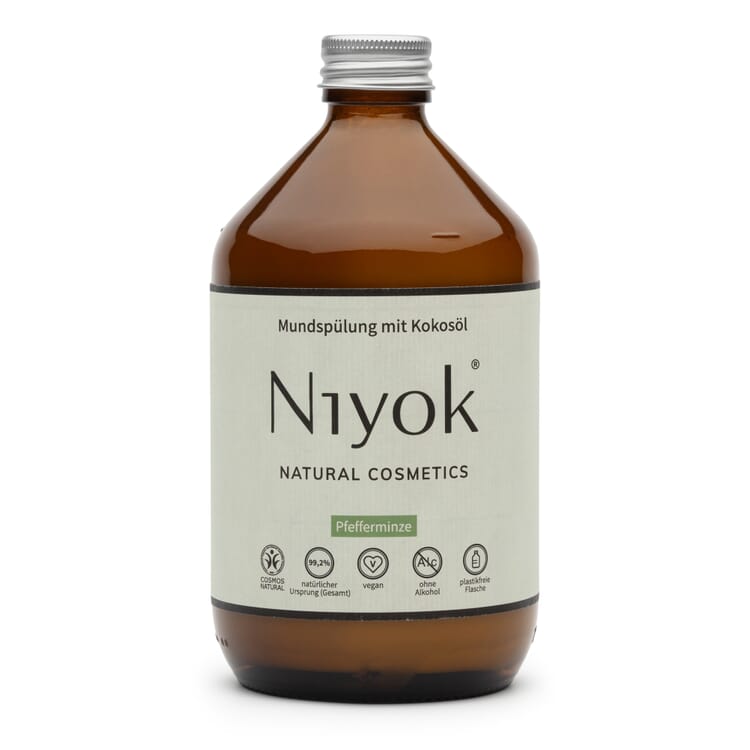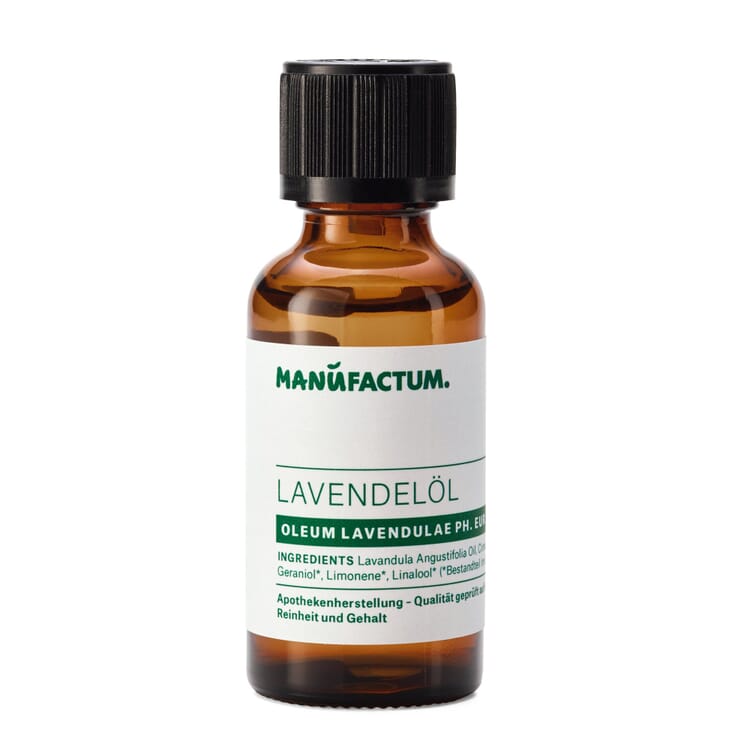- Aloe vera
- Apricot
- Argan tree
- Arnica
- Avocado
- Bay rum tree
- Bergamot orange
- Birch
- Carnauba Palm
- German Chamomile
- Bay laurel
- Common Sage
- Eucalyptus
- Fennel
- Norway spruce
- Clove tree
- Common Nettle
- Hops
- Magnolia
- Iceland moss
- Jojoba
- Coffee tree
- Cacao tree
- Camphor tree
- Shea tree
- Mountain pine
- Lavender
- Macadamia
- Almond Tree
- Lemon balm
- Myrrh
- Olive tree
- Orange tree
- Peppermint
- Calendula
- Rose
- Horse chestnut
- Soybean
- Tea tree
- Black cohosh
- Witch hazel
- Rowanberry
- Castor oil plant
- Lemon
Medicinal plants A|B|C
Lemon (Citrus limon)

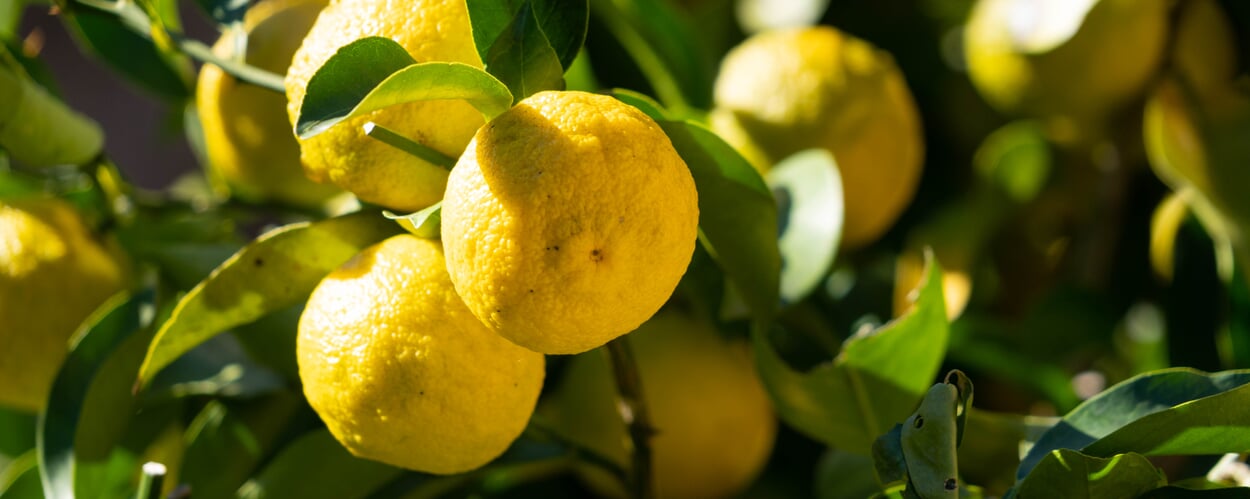
The three to six meter high lemon trees produce white, pink overflowing and aromatic fragrant flowers all year round. Their fruits - like those of all other citrus fruits - are botanically classified as berries. It is believed that all citrus species originated as crosses from just three species: Grapefruit, Mandarin and Citronat lemon.
Origin and cultivation.
Like the orange, the lemon originates from China, where it has been cultivated for 2,500 years. It was only with the Crusaders that it arrived in Europe north of the Alps from the Orient. After oranges, lemons are the most important citrus fruit today. They are grown around the world in the so-called Agrumen Belt, roughly between the 40th parallel north and the 25th parallel south. On stony ground and in full sun, the lemon feels most at home, but it must not be too hot and there must be no frosts. The lemon oil pressed from the peels is imported mainly from Italy, Spain and Argentina.
Ingredients.
Whoever thinks of lemons also has vitamin C in mind. However, lemons do not contain an unusually high amount of this vitamin - many cabbages are higher in vitamin C. In addition to lemon juice, the yellow lemon oil, which is usually obtained by pressing the peels, is also important for health. Lemon oil obtained by steam distillation is thicker than cold-pressed lemon oil. Although it does not contain vitamins and flavonoids, it has a much longer shelf life. Up to 90 percent of lemon oil consists of limonene; the pleasant fresh lemon scent is caused by the ingredient citral.
Products with lemon oil or extract
Use of lemon oil.

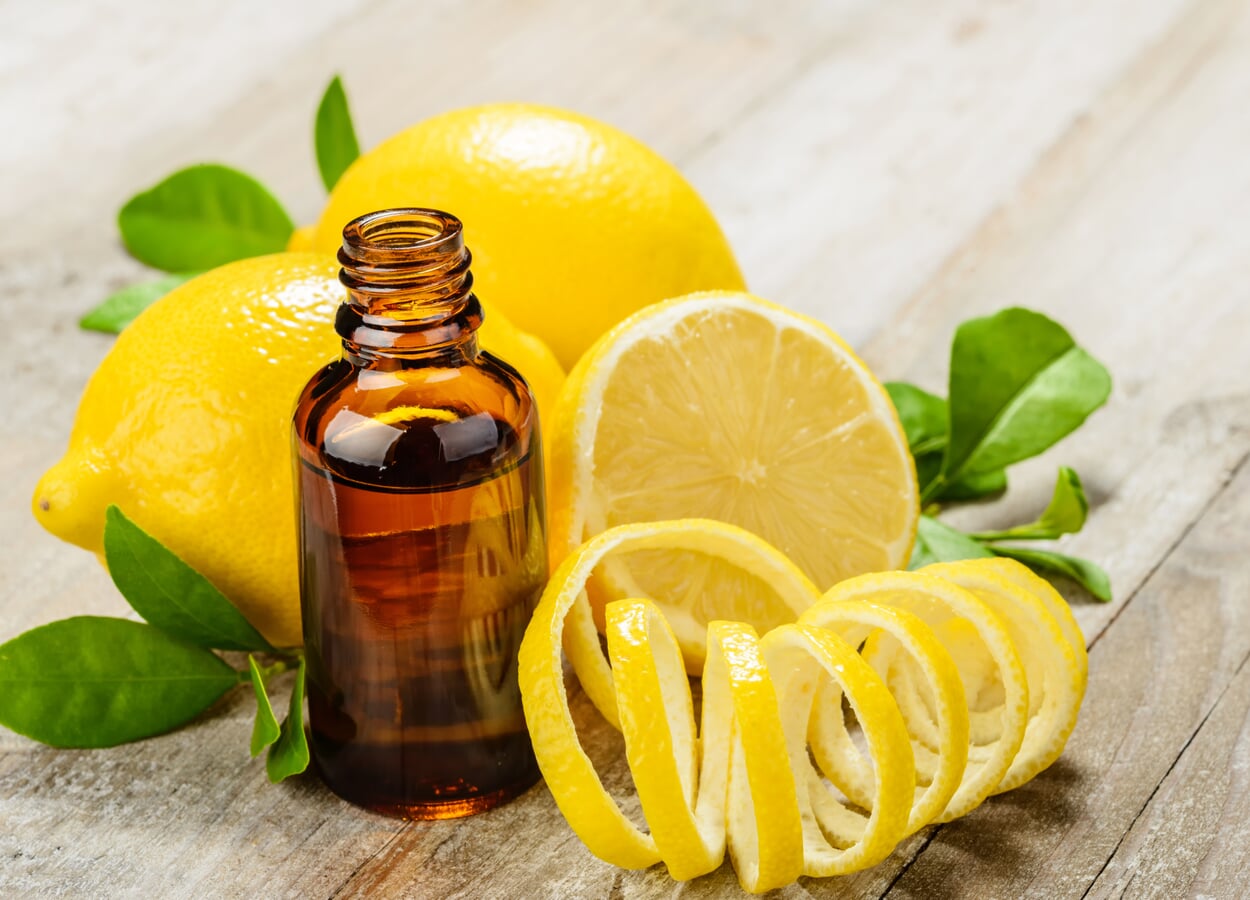
- Lemon oil has a skin tightening effect and is contained in many face masks and creams against cellulite
- Shampoos with lemon oil lighten the hair, excessive fat and dandruff formation of the scalp is limited
- Lemon oil has antibacterial and anti-inflammatory properties. Its antiviral effect is used for colds
- In perfumes, cleaning agents and foodstuffs, the fruity and fine-smelling lemon oil is used as a fragrance or flavoring.
- Lemon oil belongs to the less durable essential oils. When stored in a cool and dark place, it retains its effect for six to twelve months.
- Because it can have a sensitizing effect on the skin, sunbathing should not follow a massage with a massage oil containing lemon oil.
- By the way: The world's largest customer for lemon oil is the Coca-Cola Company.
Exclusive Manufactum body care products
Recommended Topics

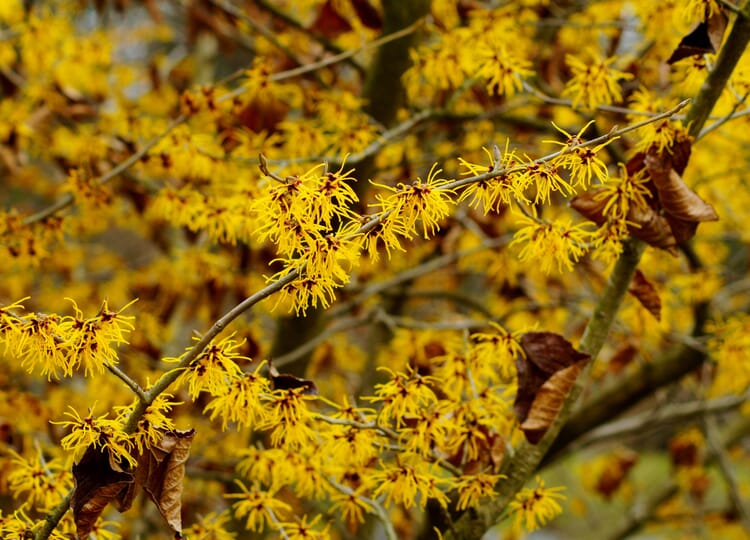
The genus Hamamelis comprises five species, three of which originate from America and one each from Japan and China. However, only the witch hazel is of interest for pharmacy and cosmetics. It is a deciduous shrub that grows up to seven meters high and sometimes also grows as a tree with a short trunk and broad crown. Its bark is palebraun and smooth; the leaves resemble those of the hazelnut. From September to October appear strongly fragrant, pale yellow flowers with very narrow, almost filamentous petals.
View more
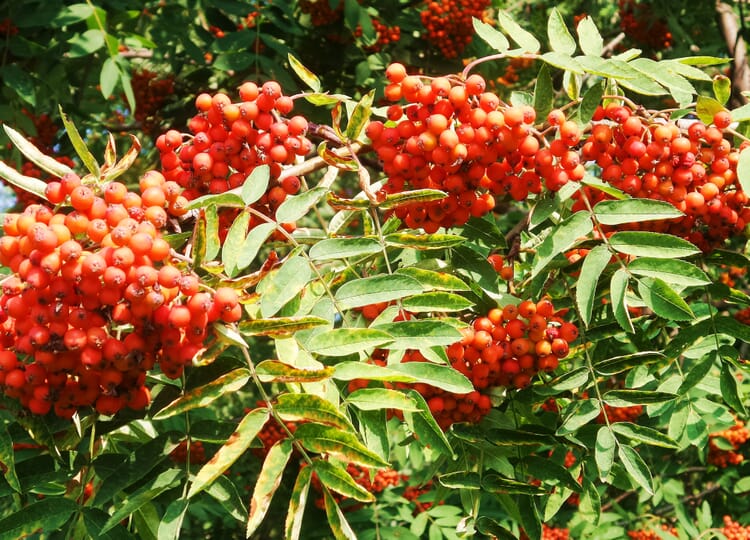
The rowan, which can grow up to 15 meters high, is one of the few trees in Central Europe with feathery leaves. It owes its second name to this fact: Mountain ash. It comes from Aber-ash, i.e. "false ash" - just as Aber-faith is "false faith". The fruits of the rowan ripen from August to October and look like tiny, bright red apples with a diameter of just over half a centimeter.
View more
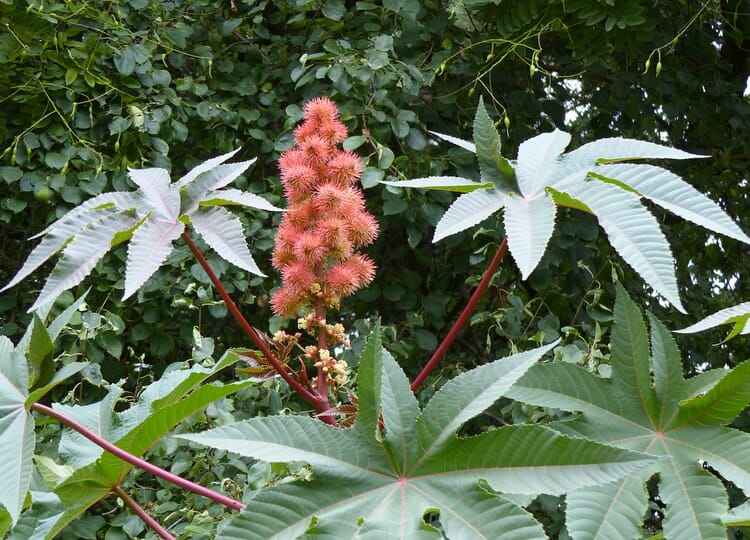
The Castor oil plant is a perennial spurge from the tropics and subtropics that can grow up to twelve meters high within a few years. In Europe north of the Alps, it thrives only as an annual and reaches a height of two meters. Here it is planted in gardens because of its decorative, palmately divided leaves, which grow to about half a meter.
View more




